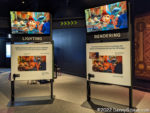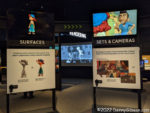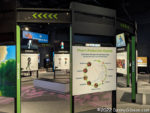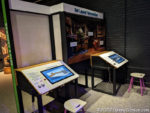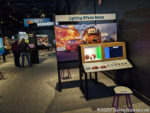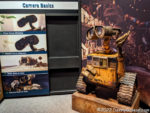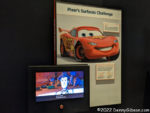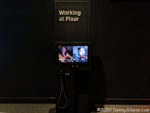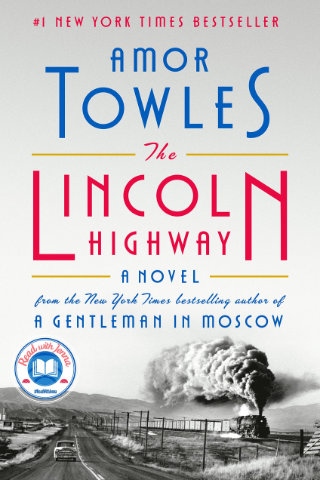 This post is a direct violation of one of the claims made on this blog’s “About” page. There the claim is made that “You will not be seeing a review of the latest novel…”. I suppose I could claim that, at the time of this review, The Lincoln Highway: A Novel is no longer the absolute latest novel, but the fact that it is a “#1 New York Times Best Seller” means it is precisely the sort of mainstream major publisher offering I had in mind when I made that claim. My primary defense is that I was tricked into reading it. Realizing that not everyone will see that as a legitimate justification, I will try to minimize the impact of the violation by not doing a very good job.
This post is a direct violation of one of the claims made on this blog’s “About” page. There the claim is made that “You will not be seeing a review of the latest novel…”. I suppose I could claim that, at the time of this review, The Lincoln Highway: A Novel is no longer the absolute latest novel, but the fact that it is a “#1 New York Times Best Seller” means it is precisely the sort of mainstream major publisher offering I had in mind when I made that claim. My primary defense is that I was tricked into reading it. Realizing that not everyone will see that as a legitimate justification, I will try to minimize the impact of the violation by not doing a very good job.
The trick I refer to is the naming of a book after what is probably the best known of American Named Auto Trails. On publication, the name got the book quite a bit of attention in historic road circles. But the excited chatter that the publication triggered was not followed by a bunch of reports from thrilled readers. I was not all that surprised. I am, after all, quite familiar with just how little The Grapes of Wrath, an older book rather popular among road fans, deals with viticulture.
I honestly had no intention of reading the book until a friend, whose opinion I trust, described it as “a very intriguing story” while confirming that it contained “not a whole lot about the highway”. At about the same time, I started noticing various accolades and warm reviews being heaped on the book. I put myself on the library’s waiting list, picked up the book when it became available, and read it in spite of — not because of — its title.
There have been other books that have taken the name of a highway for their own. I have not been particularly pleased when the name of a multi-state auto trail is used for a book that is basically about just one of those states but I’ve been tolerant. I’m not quite as tolerant when such a name is grabbed for something that isn’t really about any portion of the highway at all. I am also a bit put off by the counting down of chapters and the use of em dashes instead of established quoting conventions. I see both as gimmicks.
However, even with the gimmicks and questionable name, the tale the book tells is a damned good one. I think my buddy Dale’s one-line review sums up my view as well so I’m just going to brazenly steal it: “Not a whole lot about the highway but a very intriguing story of young men in 1954.”
The Lincoln Highway: A Novel, Amor Towles, Viking (October 5, 2021), 6.375 x 9.5 inches, 592 pages, ISBN 978-0735222359
Available through Amazon.

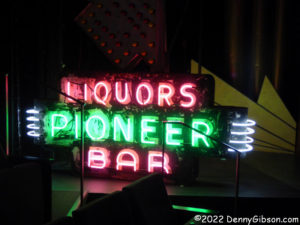
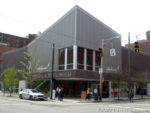

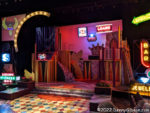

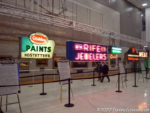



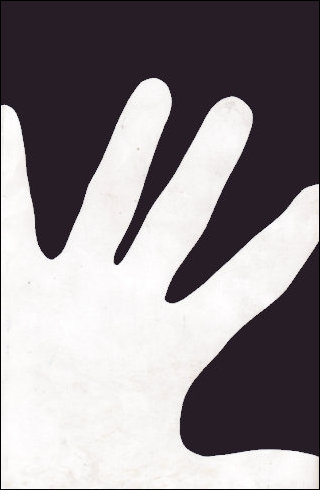 I got this book from Billy on May 7, 2015. I finished reading it on March 15, 2022. It is, as Billy himself admits and my elapsed reading time confirms, “a difficult read”. “Most people,” he says, “have understandably given up on it.” I was determined not to be like most people — no matter how long it took.
I got this book from Billy on May 7, 2015. I finished reading it on March 15, 2022. It is, as Billy himself admits and my elapsed reading time confirms, “a difficult read”. “Most people,” he says, “have understandably given up on it.” I was determined not to be like most people — no matter how long it took.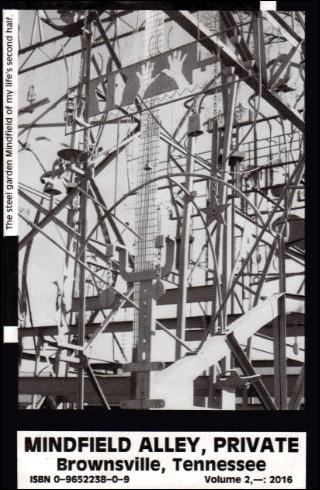 The book has been called a semi-autobiographical novel. According to Billy, it tells about his early life. “The best story I can tell in words is there if one really wants to know it”, he says. The writing style has been called stream of consciousness. In some manner, “stream of consciousness” and “semi-autobiographical” might also apply to the giant metal sculpture that is his life work. Its picture is on the book’s back cover. It is what initially made me and most others aware of Billy’s existence. When I first happened upon the sculpture in 2005, I thought its name, “Billy Tripp’s Mindfield”, might have been the title of a misplaced Beatles song, and learning that William Blevins Tripp is the artist’s real name has not entirely erased that image.
The book has been called a semi-autobiographical novel. According to Billy, it tells about his early life. “The best story I can tell in words is there if one really wants to know it”, he says. The writing style has been called stream of consciousness. In some manner, “stream of consciousness” and “semi-autobiographical” might also apply to the giant metal sculpture that is his life work. Its picture is on the book’s back cover. It is what initially made me and most others aware of Billy’s existence. When I first happened upon the sculpture in 2005, I thought its name, “Billy Tripp’s Mindfield”, might have been the title of a misplaced Beatles song, and learning that William Blevins Tripp is the artist’s real name has not entirely erased that image.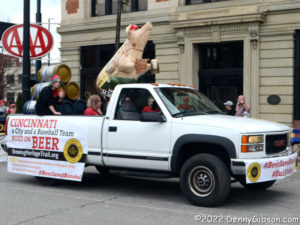
 The first Easter post, in
The first Easter post, in 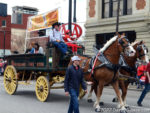
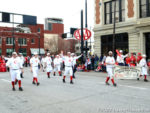
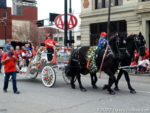
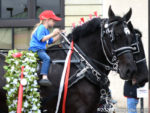






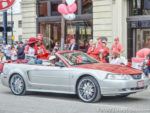

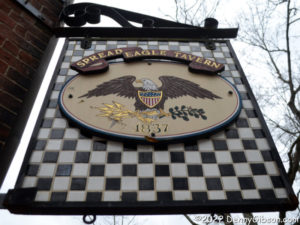
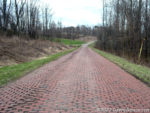
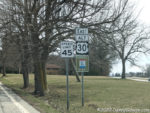
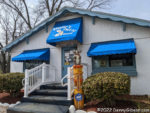
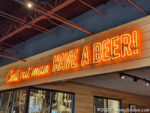

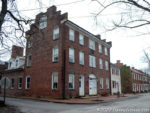


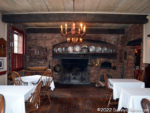
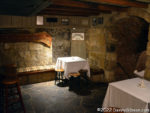
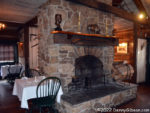
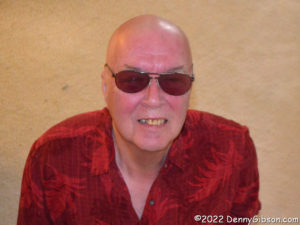
 I’ve always wanted to have hair like Peter Frampton, and now I do. Many years ago, I told myself (and a few others) that when my hair loss reached a certain point, what remained would go too. Although I never really specified what that point was, I’m pretty sure I’ve gone beyond what I had in mind at the time. Once I acknowledged that, I had only to pick an occasion and have at it. Birthday #75 seems as appropriate an occasion as any.
I’ve always wanted to have hair like Peter Frampton, and now I do. Many years ago, I told myself (and a few others) that when my hair loss reached a certain point, what remained would go too. Although I never really specified what that point was, I’m pretty sure I’ve gone beyond what I had in mind at the time. Once I acknowledged that, I had only to pick an occasion and have at it. Birthday #75 seems as appropriate an occasion as any. Including this picture in this post also seemed appropriate. I’ve used it before — originally for
Including this picture in this post also seemed appropriate. I’ve used it before — originally for 

